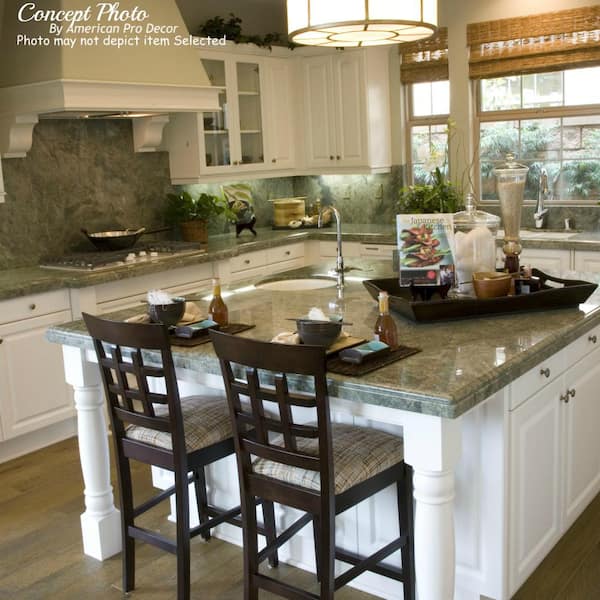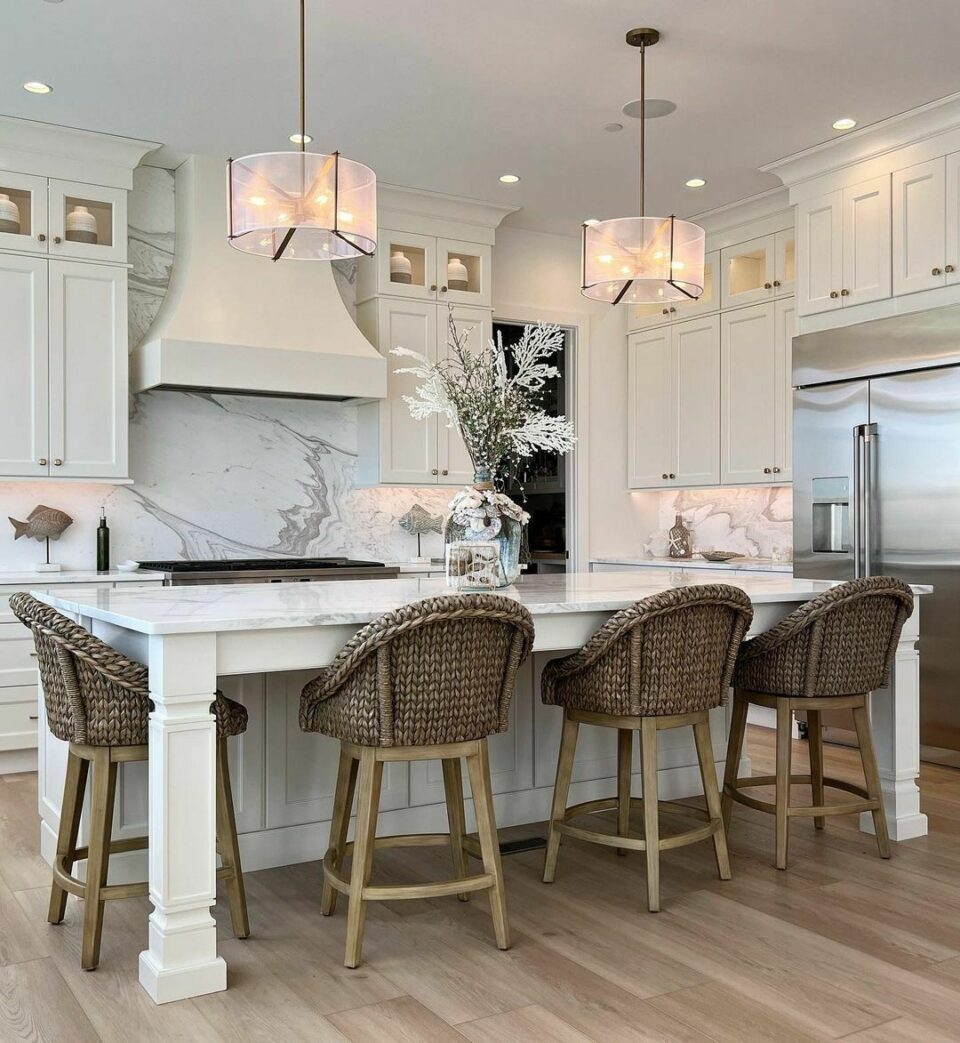Transform Your Kitchen's Look with Special Legs For Kitchen Island Devices
Transform Your Kitchen's Look with Special Legs For Kitchen Island Devices
Blog Article
Important Variables to Think About When Choosing Legs For Kitchen Island
Selecting the appropriate legs for a kitchen area island includes a mindful assessment of numerous variables that can substantially affect both performance and visual appeal. As we check out these components, it ends up being clear that each choice can have far-reaching ramifications for the total kitchen area experience.
Product Options
When selecting legs for a kitchen area island, recognizing the various product alternatives is vital for attaining both aesthetic charm and architectural honesty (Legs For Kitchen Island). The choice of material dramatically affects not only the toughness of the island but also its general layout and capability
Wood is a prominent option, supplying warmth and flexibility. Solid woods, such as oak or maple, give toughness and can be stained or painted to match the kitchen area decoration. Steel legs, usually made from stainless steel or wrought iron, contribute a industrial and contemporary feeling while making certain durability and stability. These materials are resistant to wear and can support substantial weight, making them perfect for larger islands.
One more choice is engineered products, like MDF or plywood, which can be extra cost-efficient while still supplying a variety of surfaces. They might not offer the very same level of stability as strong timber or metal. Legs For Kitchen Island. Materials such as acrylic or glass can create a modern look, though they may call for extra assistance to make certain stability.
Ultimately, the option of material for kitchen island legs need to line up with the desired capability and the general theme of the kitchen area.
Design And Style

When taking into consideration design, the form and coating of the legs are critical. Tapered legs can offer a sense of lightness and beauty, while thicker, a lot more durable legs can communicate stamina and stability. Furthermore, the surface-- be it painted, discolored, or natural-- ought to match the cabinets and counter top materials to create a unified look.
Moreover, the design of the legs can additionally mirror individual preference. Customized or ornamental legs, such as those featuring intricate carvings or one-of-a-kind geometric forms, can function as prime focus, adding character and individuality to the cooking area. Eventually, the best choice will not just improve performance but additionally boost the aesthetic appeal, making the cooking area island a standout attribute of the home.
Height Considerations
Choosing the proper height for kitchen area island legs is essential, as it straight impacts both performance and convenience. The typical elevation for a kitchen area island usually varies from 36 to 42 inches, lining up with usual countertop heights.

It is additionally important to account for customers' heights and preferences. Customizing the height can make certain a comfy experience for all relative, making the kitchen area island a much more functional and delightful space.
Weight Support
Guaranteeing adequate weight support for kitchen island legs is essential for both security and functionality. The kitchen island typically serves several objectives, consisting of cooking, dining, and extra storage space, requiring a robust support framework. When choosing legs, it is critical to consider the total weight capability required based on the island's meant use and the materials that will certainly be positioned on it.
The option of material for the legs plays a considerable function in their weight-bearing capacities. Solid wood, steel, and sturdy compounds normally provide premium toughness contrasted to lighter products. Furthermore, the layout of the legs-- whether they are go to this web-site right, tapered, or have a pedestal type-- can affect their ability to disperse weight properly across the framework.
Always consult the manufacturer's specs pertaining to load limitations to ensure that the legs can sustain the desired weight without endangering safety and security. In recap, picking kitchen island legs with adequate weight support is necessary for developing a functional and risk-free culinary room.
Installation and Upkeep
Correct installment and upkeep of kitchen area island legs are crucial for guaranteeing longevity and security. This frequently includes protecting the legs to the island base making use of suitable bolts, guaranteeing that the legs are level and aligned.
When installed, normal maintenance is needed to preserve the honesty and appearance of the legs - Legs For Kitchen Island. For wooden legs, routine cleaning with a wet cloth and application of appropriate timber polish can stop moisture damage and keep their try these out finish. Metal legs might require a gentle cleansing solution to eliminate oil and grime, complied with by a completely dry cloth to stop corrosion formation
In addition, inspect the legs on a regular basis for indicators of wear or damage, such as cracks or loose joints. Tightening screws or bolts as needed can likewise extend the life-span of the legs. By sticking to these installment and upkeep techniques, homeowners can guarantee that their kitchen area island stays durable and visually appealing for many years to find.
Final Thought

Aesthetic coherence is vital in picking the design and published here design of legs for a kitchen area island, as these aspects substantially influence the overall atmosphere of the area. Conical legs can give a sense of agility and beauty, while thicker, extra durable legs can communicate toughness and stability.Selecting the proper height for kitchen island legs is crucial, as it straight impacts both performance and convenience. In summary, selecting kitchen area island legs with appropriate weight assistance is necessary for producing a secure and useful culinary area.
In final thought, choosing legs for a kitchen area island requires careful consideration of various elements, including material alternatives, design, elevation, weight assistance, and setup.
Report this page